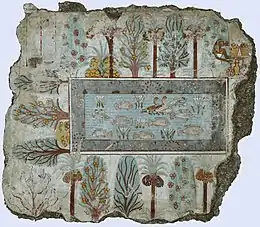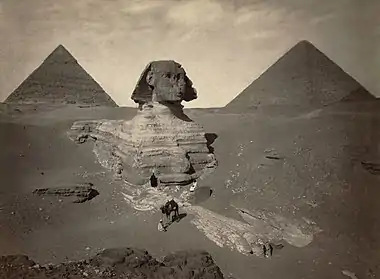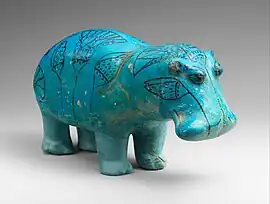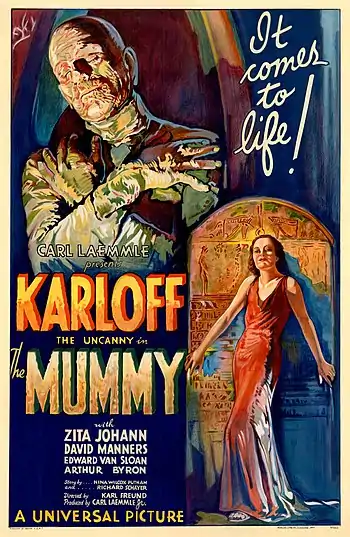|
THE ANCIENT EGYPT PORTAL
Showcased content about Ancient Egypt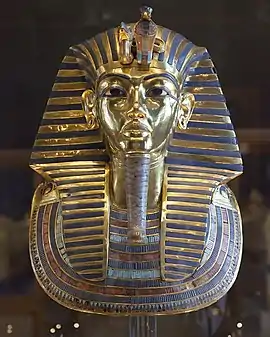 The golden funeral mask of king Tutankhamun, a symbol for many of ancient Egypt Ancient Egypt was a civilization of ancient Northeast Africa, concentrated along the lower reaches of the Nile River, situated in the place that is now the country Egypt. Ancient Egyptian civilization followed prehistoric Egypt and coalesced around 3100 BC (according to conventional Egyptian chronology) with the political unification of Upper and Lower Egypt under Menes (often identified with Narmer). The history of ancient Egypt occurred as a series of stable kingdoms, separated by periods of relative instability known as Intermediate Periods: the Old Kingdom of the Early Bronze Age, the Middle Kingdom of the Middle Bronze Age and the New Kingdom of the Late Bronze Age. Egypt reached the pinnacle of its power during the New Kingdom, ruling much of Nubia and a sizable portion of the Levant, after which it entered a period of slow decline. During the course of its history, Egypt was invaded or conquered by a number of foreign powers, including the Hyksos, the Nubians, the Assyrians, the Achaemenid Persians, and the Macedonians under Alexander the Great. The Greek Ptolemaic Kingdom, formed in the aftermath of Alexander's death, ruled Egypt until 30 BC, when, under Cleopatra, it fell to the Roman Empire and became a Roman province. The success of ancient Egyptian civilization came partly from its ability to adapt to the conditions of the Nile River valley for agriculture. The predictable flooding and controlled irrigation of the fertile valley produced surplus crops, which supported a more dense population, and social development and culture. With resources to spare, the administration sponsored mineral exploitation of the valley and surrounding desert regions, the early development of an independent writing system, the organization of collective construction and agricultural projects, trade with surrounding regions, and a military intended to assert Egyptian dominance. Motivating and organizing these activities was a bureaucracy of elite scribes, religious leaders, and administrators under the control of a pharaoh, who ensured the cooperation and unity of the Egyptian people in the context of an elaborate system of religious beliefs.[1] The many achievements of the ancient Egyptians include the quarrying, surveying, and construction techniques that supported the building of monumental pyramids, temples, and obelisks; a system of mathematics, a practical and effective system of medicine, irrigation systems, and agricultural production techniques, the first known planked boats, Egyptian faience and glass technology, new forms of literature, and the earliest known peace treaty, made with the Hittites. Ancient Egypt has left a lasting legacy. Its art and architecture were widely copied, and its antiquities were carried off to far corners of the world. Its monumental ruins have inspired the imaginations of travelers and writers for millennia. A newfound respect for antiquities and excavations in the early modern period by Europeans and Egyptians has led to the scientific investigation of Egyptian civilization and a greater appreciation of its cultural legacy. (Full article...) Selected article -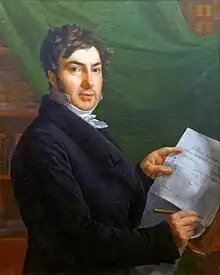 Jean-François Champollion in 1823, holding his list of phonetic hieroglyphic signs. Portrait by Victorine-Angélique-Amélie Rumilly. The writing systems used in ancient Egypt were deciphered in the early nineteenth century through the work of several European scholars, especially Jean-François Champollion and Thomas Young. Ancient Egyptian forms of writing, which included the hieroglyphic, hieratic and demotic scripts, ceased to be understood in the fourth and fifth centuries AD, as the Coptic alphabet was increasingly used in their place. Later generations' knowledge of the older scripts was based on the work of Greek and Roman authors whose understanding was faulty. It was thus widely believed that Egyptian scripts were exclusively ideographic, representing ideas rather than sounds, and even that hieroglyphs were an esoteric, mystical script rather than a means of recording a spoken language. Some attempts at decipherment by Islamic and European scholars in the Middle Ages and early modern times acknowledged the script might have a phonetic component, but perception of hieroglyphs as purely ideographic hampered efforts to understand them as late as the eighteenth century. The Rosetta Stone, discovered in 1799 by members of Napoleon Bonaparte's campaign in Egypt, bore a parallel text in hieroglyphic, demotic and Greek. It was hoped that the Egyptian text could be deciphered through its Greek translation, especially in combination with the evidence from the Coptic language, the last stage of the Egyptian language. Doing so proved difficult, despite halting progress made by Antoine-Isaac Silvestre de Sacy and Johan David Åkerblad. Young, building on their work, observed that demotic characters were derived from hieroglyphs and identified several of the phonetic signs in demotic. He also identified the meaning of many hieroglyphs, including phonetic glyphs in a cartouche containing the name of an Egyptian king of foreign origin, Ptolemy V. He was convinced, however, that phonetic hieroglyphs were used only in writing non-Egyptian words. In the early 1820s Champollion compared Ptolemy's cartouche with others and realised the hieroglyphic script was a mixture of phonetic and ideographic elements. His claims were initially met with scepticism and with accusations that he had taken ideas from Young without giving credit, but they gradually gained acceptance. Champollion went on to roughly identify the meanings of most phonetic hieroglyphs and establish much of the grammar and vocabulary of ancient Egyptian. Young, meanwhile, largely deciphered demotic using the Rosetta Stone in combination with other Greek and demotic parallel texts. (Full article...)Selected picture
In antiquity, Ancient Egypt was divided into two lands: Upper Egypt and Lower Egypt. To the south, it was bounded by the land of Kush, and to the East, the levant. Surrounded by harsh deserts, the river Nile was the lifeline of this ancient civilization. Did you know...
News5th September 2018. Rock-cut Tomb discovered in a 4,000-year-old Elite Cemetery August 2018: in the tomb of the mayor of Memphis Ptahmose who dates around 1300 BC was found well preserved cheese, more than 3000 years old. Selected biography -Maaibre Sheshi (also Sheshy) was a ruler of areas of Egypt during the Second Intermediate Period. The dynasty, chronological position, duration and extent of his reign are uncertain and subject to ongoing debate. The difficulty of identification is mirrored by problems in determining events from the end of the Middle Kingdom to the arrival of the Hyksos in Egypt. Nonetheless, Sheshi is, in terms of the number of artifacts attributed to him, the best-attested king of the period spanning the end of the Middle Kingdom and the Second Intermediate period; roughly from c. 1800 BC until 1550 BC. Hundreds of scaraboid seals bearing his name have been found throughout Canaan, Egypt, Nubia, and as far away as Carthage, where some were still in use 1,500 years after his death. Three competing hypotheses have been put forth for the dynasty to which Sheshi belonged. First hypothesis supported by Egyptologists such as Nicolas Grimal, William C. Hayes, and Donald B. Redford believe he should be identified with Salitis, founder of the 15th Dynasty according to historical sources and king of the Hyksos during their invasion of Egypt. Salitis is credited with 19 years of reign and would have lived sometime between c. 1720 BC and 1650 BC. Second hypothesis supported by Egyptologist William Ayres Ward and the archaeologist Daphna Ben-Tor propose that Sheshi was a Hyksos king and belongs to the second half of the 15th Dynasty, reigning between Khyan and Apophis. Alternatively, Manfred Bietak has proposed that Sheshi was a vassal of the Hyksos, ruling over some part of Egypt or Canaan. The very existence of such vassals is debated. Final hypothesis says Sheshi could be a ruler of the early 14th Dynasty, a line of kings of Canaanite descent ruling over of the Eastern Nile Delta immediately before the arrival of the Hyksos. Proponents of this theory, such as Kim Ryholt and Darrell Baker, credit Sheshi with 40 years of reign starting ca. 1745 BC. (Full article...)General imagesThe following are images from various ancient Egypt-related articles on Wikipedia.
Related portalsWikiProjects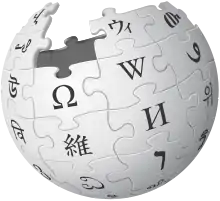
Main topics
Notable Pharaohs
CategoriesCategory puzzle Select [►] to view subcategories
Ancient Egypt Early Dynastic Period of Egypt Old Kingdom of Egypt First Intermediate Period of Egypt Middle Kingdom of Egypt Second Intermediate Period of Egypt New Kingdom of Egypt Third Intermediate Period of Egypt Late Period of ancient Egypt Ancient Egypt-related lists 1st millennium BC in Egypt 2nd millennium BC in Egypt 3rd millennium BC in Egypt 4th millennium BC in Egypt Ancient Egyptian architecture Dynasties of ancient Egypt Ancient Egyptians Egyptology Foreign contacts of ancient Egypt Geography of ancient Egypt Historians of ancient Egypt Ancient Jewish Egyptian history Ancient Egyptian language Ancient Egyptian medicine Military history of ancient Egypt Nomes of ancient Egypt Ancient Egypt in popular culture Ancient Egyptian science Ancient Egyptian society Ancient Egyptian technology Works about ancient Egypt Ancient Egypt stubs Recognized content
Featured articles
Good articles
Did you know? articles
Featured pictures
In the News articlesMain page featured articles
Picture of the day pictures
Things to do
WikimediaThe following Wikimedia Foundation sister projects provide more on this subject:
Sources
Discover Wikipedia using portals
|
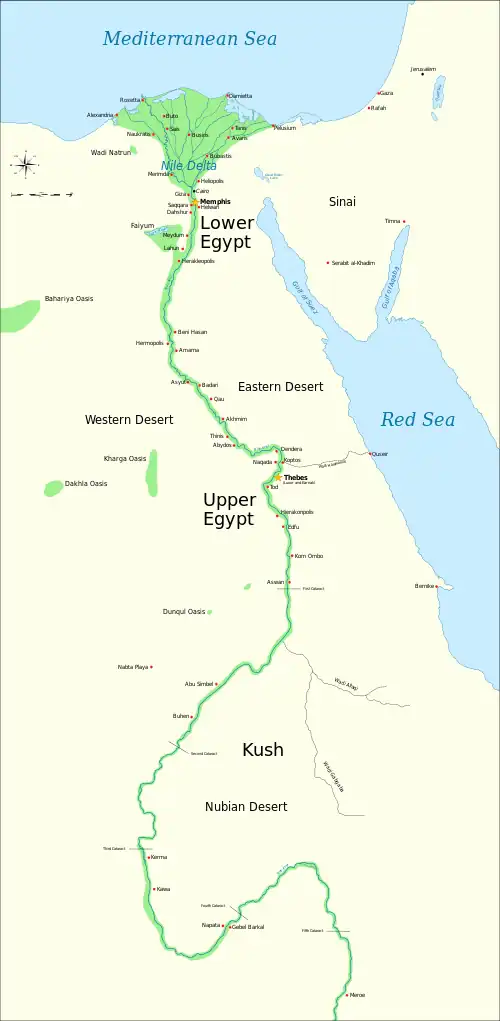
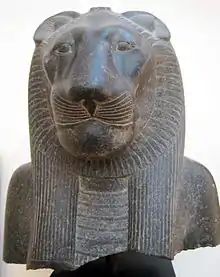
.jpg.webp)
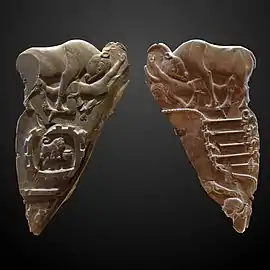
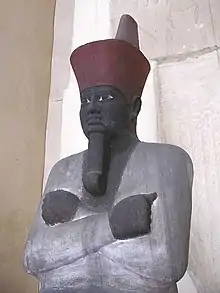
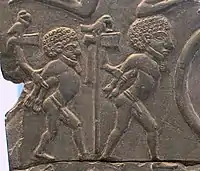


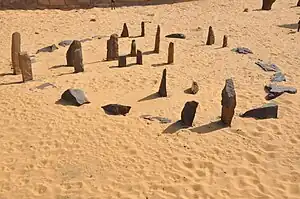
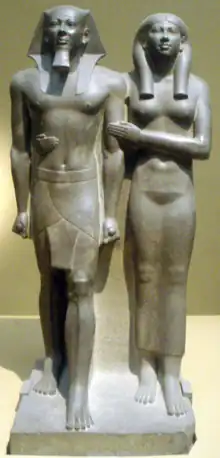
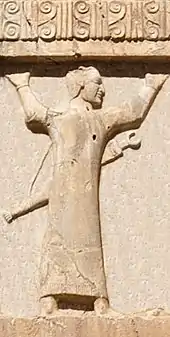

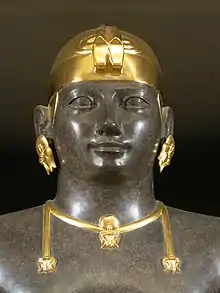
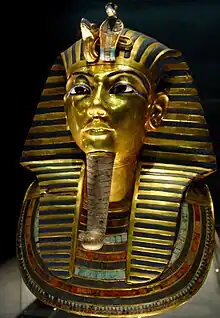


.jpg.webp)
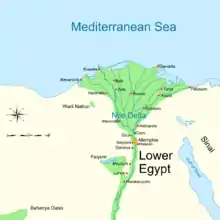
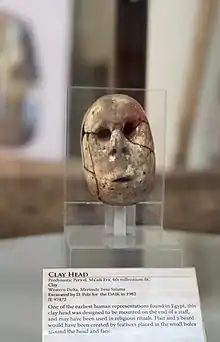


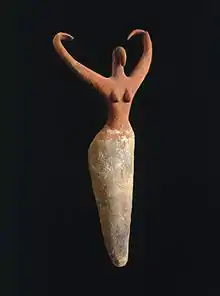
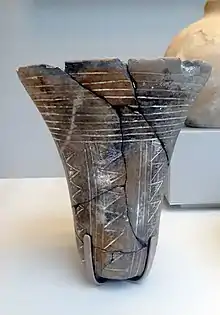
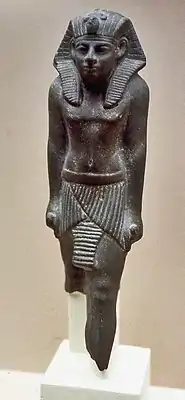
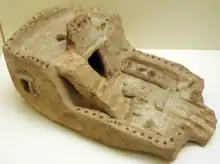
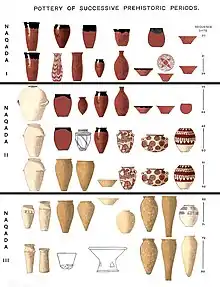
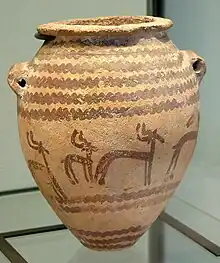
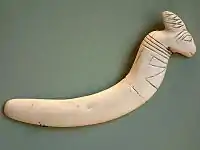
_-_2009.jpg.webp)

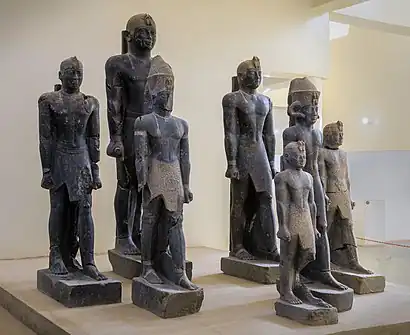
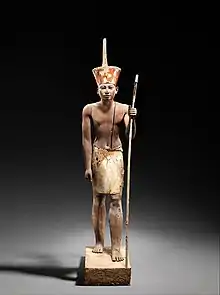
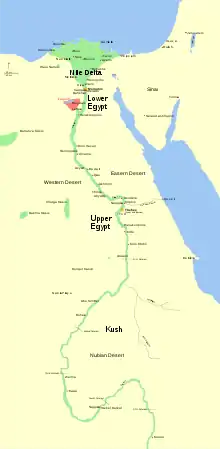
.JPG.webp)
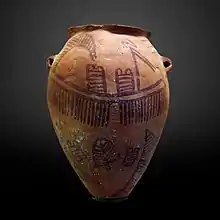
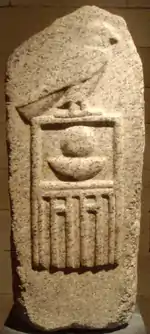
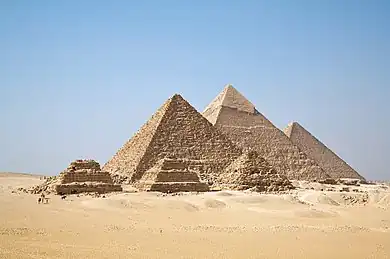
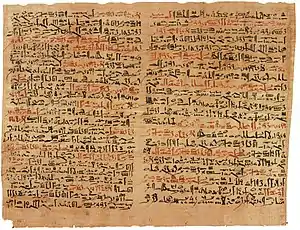

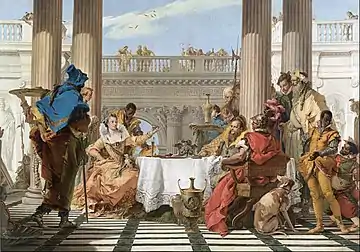
.svg.png.webp)
